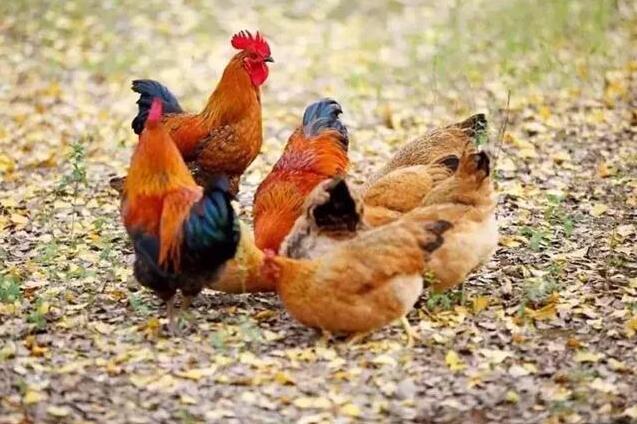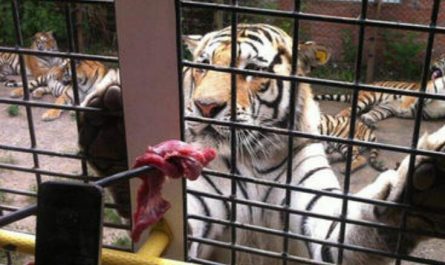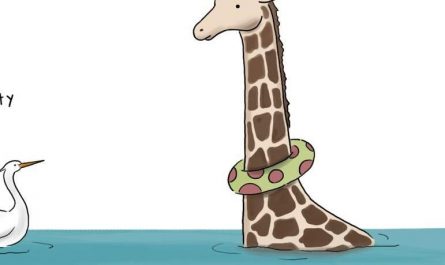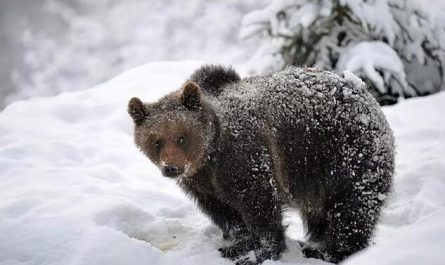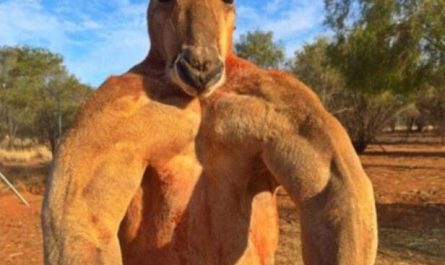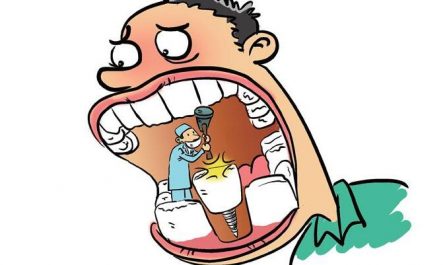Why chickens don’t have teeth
It turns out that chickens, like other birds, used to fly. In order to adapt to the life of flying, birds must reduce their weight as much as possible. For example, during the evolution of birds, they gradually lost their bladder and did not store urine in the body. The urine produced would be excreted together with feces at any time.
Their digestive organs have also undergone great changes. A part of the esophagus enlarges to form a crop, which has the effect of temporarily storing and softening food. When birds are flying in the sky and searching for food while flying, they first swallow the captured food quickly into the crop and store it, and then deliver the food to the stomach.
The stomach of birds can be divided into two parts: the front stomach and the gizzard. There are many sand and small stones in the gizzard, which can replace the teeth to grind food. Obviously, teeth have no effect on birds and there is no need for them. Therefore, chickens, like other birds, have no teeth.
Due to the gradual deterioration of the flying ability of chickens, their bodies are stronger than those of flying birds. They eat a lot, and the gizzards work hard to grind food. The gizzards of chickens are extremely tough, and the inner wall of the gizzards has a tough wrinkled skin. , And often eat a lot of small stones or soot to help digestion.
Life habits of chickens
Poor cold resistance. The body temperature of the young chicks is 3℃ lower than that of the adult chickens. It takes 10 days to reach the normal body temperature. In addition, the chicks have short and sparse hairs and cannot keep out the cold. Therefore, they are not able to adapt to the environment and must rely on artificial heat preservation for the chicks to grow normally. development. Chicks aged 1-30 days should be kept warm and kept in a clean and hygienic environment. Chickens that are more than 30 days old have basically full feathers, so they don’t need to be kept warm. High body temperature and fast growth. Generally, the body temperature of chickens is between 40.8-41.5℃, so they must be raised in a well-ventilated environment that is warm in winter and cool in summer. In addition, chickens have short digestive tracts, strong metabolism, and fast growth and development. Therefore, they must be fed with adequate nutrition and easy to digest. The feed can meet the needs.
Weak resistance. Especially young chickens are vulnerable to harmful microorganisms. Therefore, in addition to good environmental hygiene, preventive work must also be done. For example, it is strictly forbidden for outsiders to enter and exit the chicken house, the environment and cages must be disinfected, and all chickens must be injected with various vaccinations regularly. Easy to startle group. Chickens are timid, especially young chickens are easy to flock, crowded in the light, growth and development blocked, and trampling on each other in severe cases cause disability and death. Therefore, raise chickens in a quiet place. Rough management, sudden noise, intrusion of dogs and cats, and seizures can cause disturbances in the flock and affect growth. Afraid of dampness. Chickens should grow in a dry and ventilated environment. If the environment is humid, some pathogens and molds are easy to grow and reproduce. If the chicken house is humid, the chicken manure will ferment to produce toxic gases, making the chickens easy to get sick.
The morphological characteristics of chickens
pheasant
Pheasant is a species of Pheasant in the Pheasant family Galliformes. Also known as pheasant, pheasant, pheasant, ring-necked pheasant, collared pheasant. In China, except most of the Qinghai-Tibet Plateau, they are distributed all over the country. The body length is 90-100 cm. The male bird has gorgeous feathers. The pheasant seen in East China has a brass head and white eyebrows on both sides. The chin, throat, and nape are all black with metallic reflections. There is a prominent white circle under the neck, so it is commonly called ring-necked pheasant. The front of the back is golden yellow, the back turns chestnut red, and then the back is olive green, all with spots. The tail feathers are very long, the main color is yellowish brown, and there are a series of black spots across. The chest is a metallic purple copper-red, with anchor-like black spots on the feather ends; the rest of the lower body is also spotty. It usually inhabits hills with grasses and trees, and moves to the fields in severe winter to forage insects, plant seeds, berries and grains. Strong feet, good walking, short wings, can not fly high and long. The cry was monotonous and deep. During the breeding period, nest anywhere among the grasses of the hills, and spread the dead grass and fallen leaves in the ground recesses. Each litter lays 6 to 14 eggs, usually 2 litters a year.
Bug chicken
The so-called insect chickens are named after being raised by maggots in an ecological environment. These chickens are either overgrown in weeds, or near mountains and rivers, or in a tree-lined ecological environment, enjoying the natural ecological gifts of nature. Insect delicacy, natural growth. Insect active proteins such as fly maggots eaten by insects and chickens are known as the 21st century human’s complete nutritious food. The fly maggot protein contains a large amount of chitin which has a special effect on the human body, and the antibacterial peptide also contains much necessary for the human body. A variety of amino acids and protein. According to reports: Chongzi chickens feed on high-protein fly maggots throughout their lives, enriching the “energy” of insects and becoming the most ideal carrier for insect protein. So this chicken is delicious, tastes good, and has rich nutrition. The natural fragrance can nourish qi and blood, replenish weakness, nourish the kidney and spleen.
